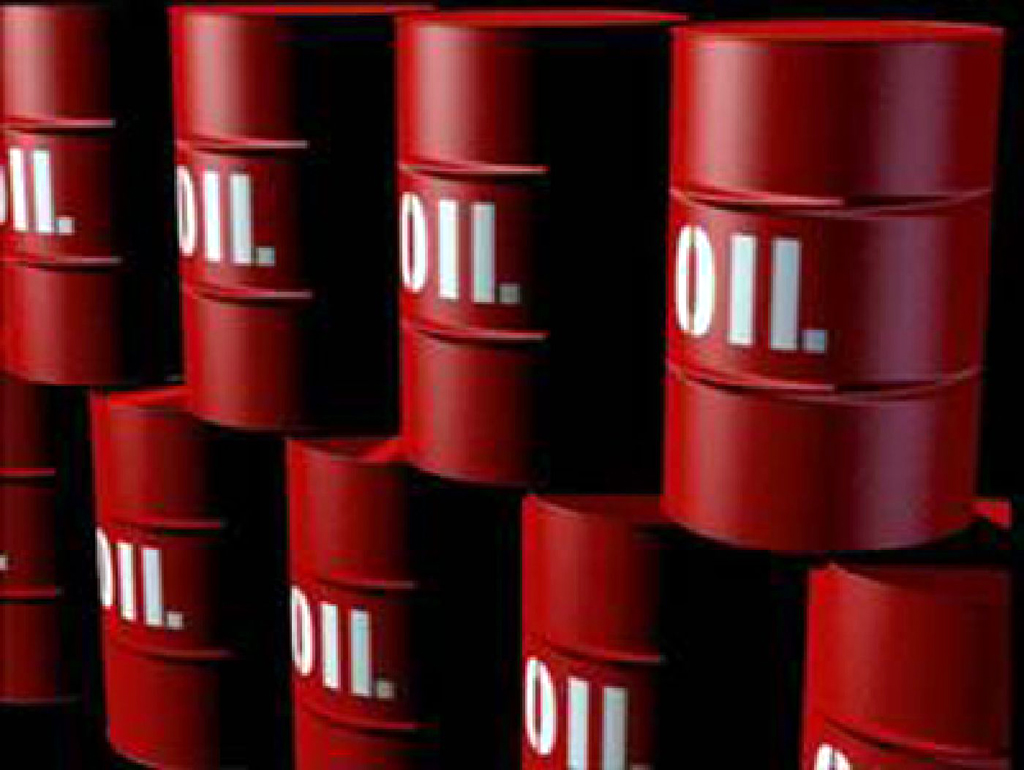 SINGAPORE: Oil markets rose by more than 1 percent on Tuesday, extending strong gains from the previous session, on hopes a trade dispute between the United States and China may be resolved without greater damage to the global economy.
SINGAPORE: Oil markets rose by more than 1 percent on Tuesday, extending strong gains from the previous session, on hopes a trade dispute between the United States and China may be resolved without greater damage to the global economy.
Despite this, prices remain within recent ranges as oil markets still face an abundance of supply that puts pressure on producers to keep their prices competitive in order not to lose market share.
Brent crude futures were at $69.62 per barrel at 0651 GMT, up 96 cents, or 1.4 percent, from their last close.
US West Texas Intermediate crude futures were at $64.31 a barrel, up 89 cents, or 1.4 percent.
The gains followed a more than 2 percent rally on Monday, but that was a rebound from a 2 percent decline on Friday.
Chinese President Xi Jinping on Tuesday promised to open the country's economy further and lower import tariffs, in a speech that struck a conciliatory tone on the rising trade tensions between China and the United States.
The crude oil price rises had come "amid easing apprehensions of a trade war between the United States and China," said Sukrit Vijayakar, director of energy consultancy Trifecta.
Concerns of a prolonged trade dispute between the world's two biggest economies and uncertainty over the supply and demand balance of global oil markets have resulted in volatile recent trading.
Beyond the trade dispute, oil markets are also concerned about the potential of renewed US sanctions against some significant oil producers.
"There has been a significant change in the Trump administration that has raised risks of potential sanctions on key oil exporting countries including Iran, Venezuela and Russia," US bank JPMorgan said.
Traders said weekly US fuel inventory data would provide further market guidance.
The American Petroleum Institute will publish storage data later on Tuesday while official data from the US Energy Information Administration is due on Wednesday.
Oil markets have been supported by healthy demand and supply cuts led by the Organization of the Petroleum Exporting Countries (OPEC).
However, soaring US crude production, which has jumped by a quarter since mid-2016 to 10.46 million barrels per day (bpd), is threatening to undermine OPEC's efforts to tighten the market and prop up prices.
The United States late last year overtook Saudi Arabia as the world's second-biggest crude producer. Only Russia pumps more crude, at almost 11 million bpd.
In a sign that oil supplies remain ample, China's Sinopec and several other Asian refiners plan to cut Saudi crude imports in May, instead buying from alternative sources, after Saudi Aramco set higher-than-expected official prices, a company official said on Monday.
JPMorgan said it expects Brent and WTI prices to average $69.50 and $65.20 per barrel in 2018, respectively, while it forecasts $64 per barrel for Brent and $58.50 per barrel for WTI in 2019.


























Comments
Comments are closed.